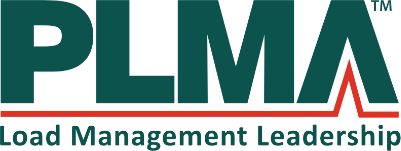Demand response gets more diverse, customer-focused and flexible at PLMA conferenceApril 13, 2017 | By Brenda Chew, SEPA When I started working at the Smart Electric Power Alliance (SEPA) in January, one of my first jobs was to figure out how to expand our annual Utility Market Survey to include demand response. Reflecting SEPA's own expanded mission — that sees demand response as part of a portfolio of distributed energy resources (DERs) — the original goal was to collect enough data to produce a Top 10 list of utility demand response programs, similar to our annual Top 10 list for utility solar. But, as we designed the survey and started getting back initial responses, a couple of major challenges emerged. First, the term “demand response” — typically associated with summertime air conditioning cycling schemes — has grown to encompass a wide range of programs and technologies. Second, while solar capacity is easily quantified in megawatts, measuring demand response is a bit more slippery, with variations from utility to utility. Certainly, traditional DR is not a new concept for utilities that have had customers enrolled in cycling programs for air conditioning and water heaters for the past three decades. But, as with much else in the electric utility industry, demand response is in a period of transition. Those in the field describe the changes going on as the “evolution of demand response,” a phrase I heard repeatedly at the recent conference of the Peak Load Management Alliance (PLMA) in Nashville. The PLMA, which defines itself as “the voice of demand response practitioners,” has a simple timeline that lays out what's happening in the field. [remainder of article at https://sepapower.org/knowledge/demand-response-plma-conference/ ] |
